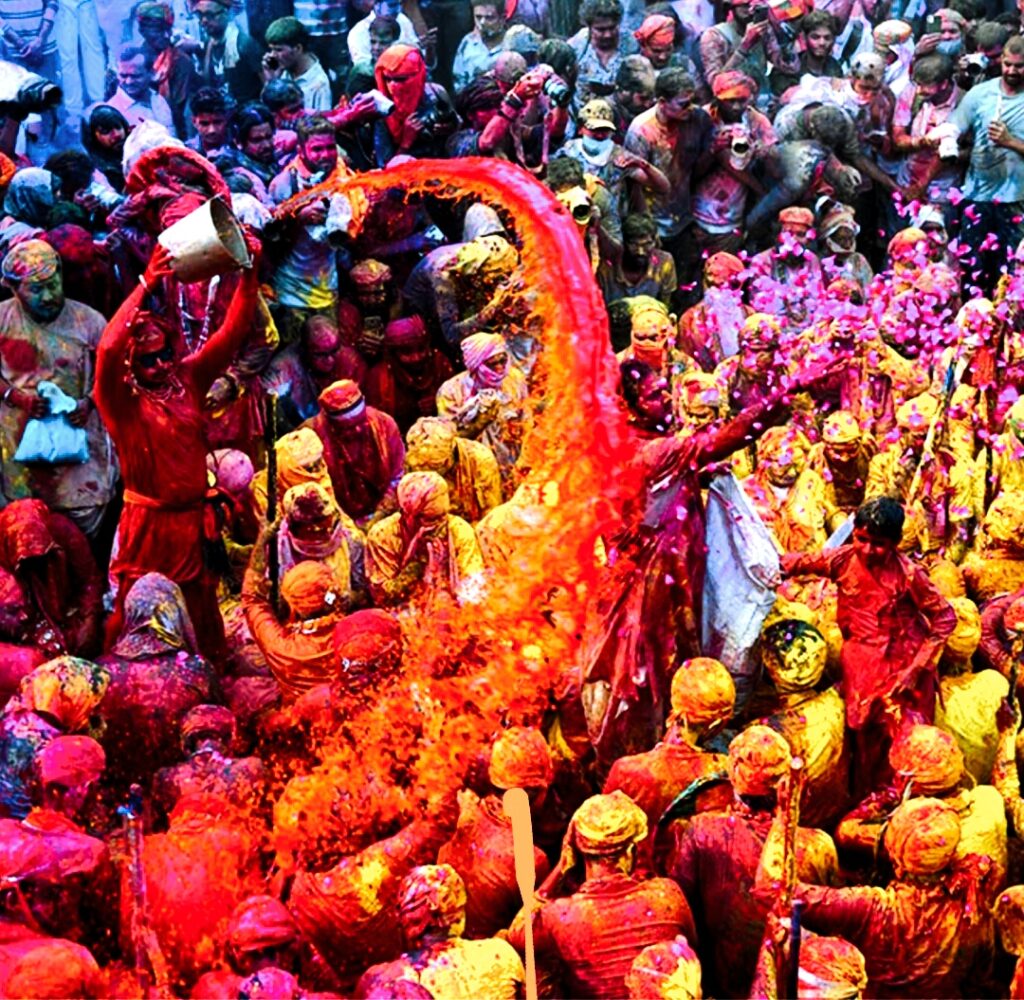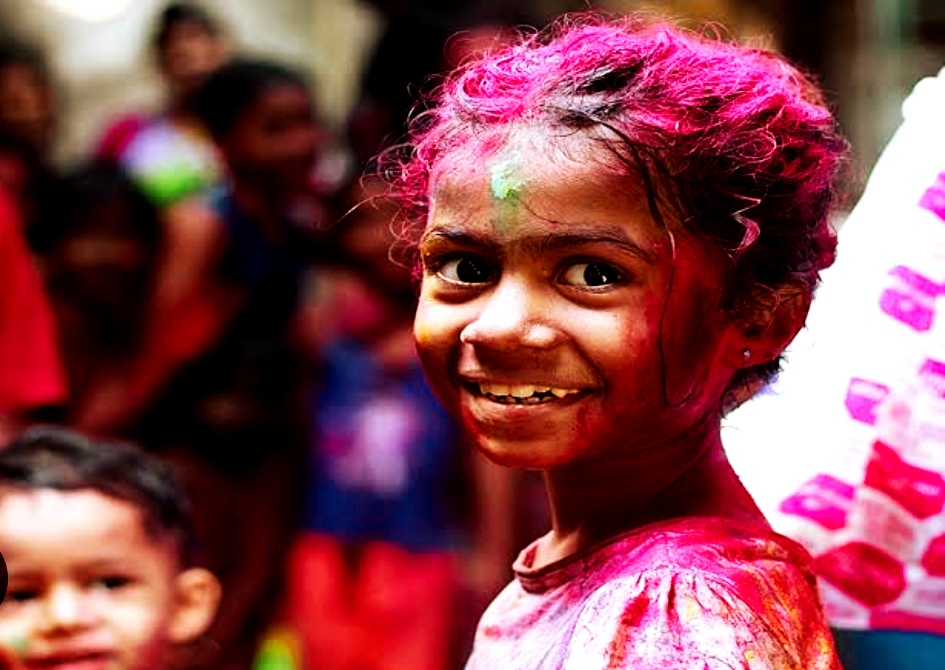
Manashimaya
Holi, known as the Festival of Colors, is one of the most vibrant and exuberant festivals celebrated in India. Rooted in ancient Hindu traditions, Holi heralds the arrival of spring and commemorates various legends and myths. This occasion is marked by colorful festivity, ritual, and merriment. Let’s delve into the significance and celebration of Holi in India.
Holi holds multifaceted significance in Indian culture, drawing upon mythology, seasonal transitions, and social customs.
The festival is associated with several mythological tales, including the legend of Prahlad and Holika, Lord Krishna’s playful antics with Radha and the gopis, and the burning of demoness Putana. These stories symbolize the triumph of good over evil, love, and the onset of new beginnings.
Holi marks the transition from winter to spring, signifying the rejuvenation of nature, blossoming flowers, and vibrant colors. It celebrates the renewal of life and the promise of fertility and abundance.
Holi transcends social barriers, bringing people from diverse backgrounds together in the spirit of camaraderie and forgiveness. It offers an opportunity to mend broken relationships, bury past grievances, and foster unity in the community.
The festival commences with Holika Dahan, the ceremonial burning of bonfires on the eve of Holi. People gather around the bonfire, sing traditional songs, perform prayers, and circle the fire to seek blessings for prosperity and protection from evil forces. The main day of Holi is known as Rangwali Holi or Dhulandi, characterized by the playful splashing of colors. Revelers drench each other with colored powders (gulal) and water, sing and dance to festive music, and indulge in festive delicacies and drinks, including thandai.
In addition to playing with colors, Holi celebrations often feature vibrant cultural performances, including folk dances, music concerts, and theatrical plays depicting mythological stories related to the festival.


Traditional sweets and savory snacks like gujiya, malpua, puran poli, and bhang-based delicacies add flavor to the festive celebrations, symbolizing the richness and diversity of Indian cuisine.
Holi, the Festival of Colors, embodies the essence of joy, togetherness, and renewal in Indian culture. It serves as a vibrant tapestry woven with ancient mythology, seasonal transitions, and social harmony. As people across India immerse themselves in the kaleidoscope of colors during Holi, the festival becomes a celebration of life, love, and the timeless spirit of unity.
copyright @Timeline Treasures
